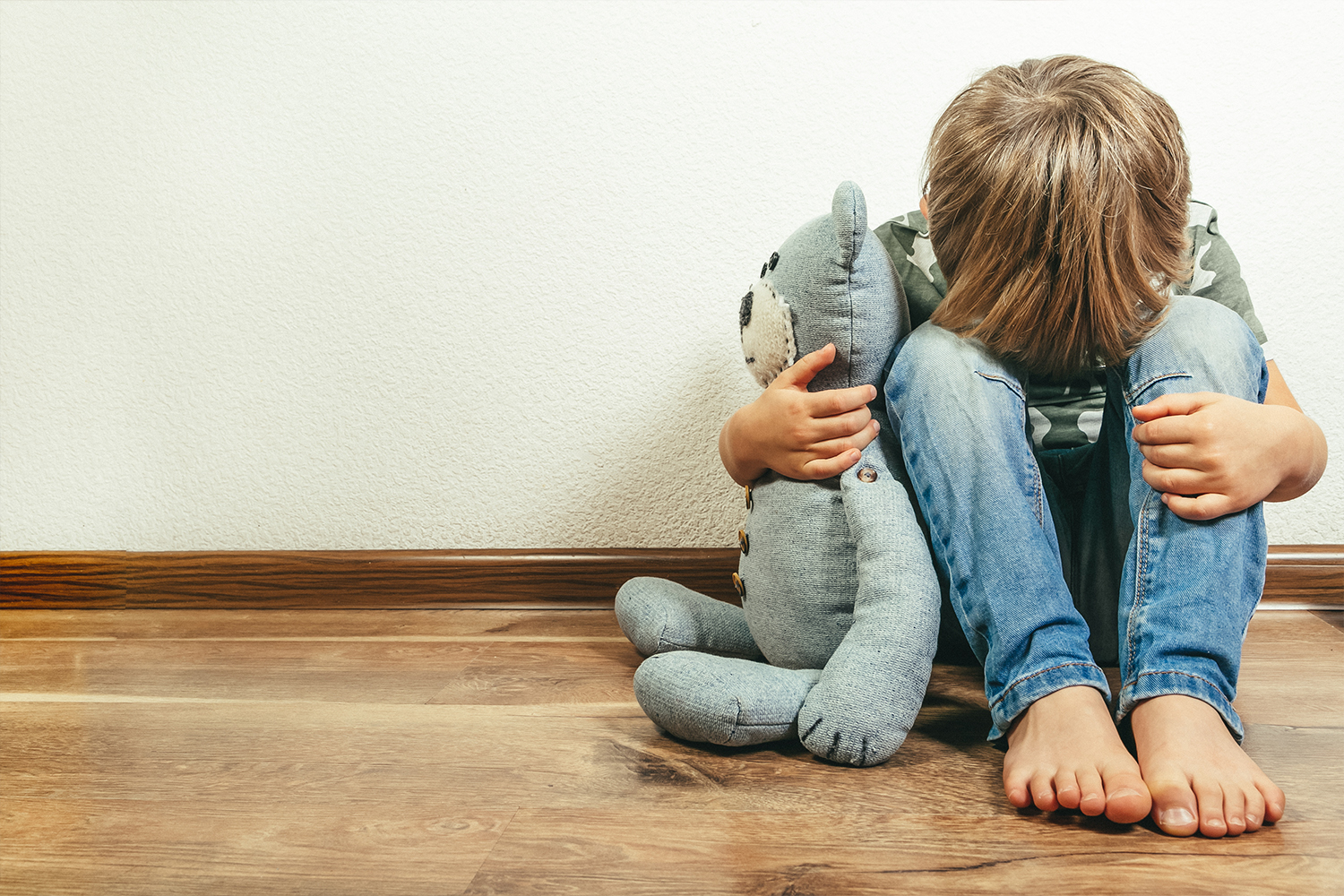What is the Origin of Bullying and How to Handle It

The word bully has become a big topic in recent years and there is a lot of different information on how to handle it. With increasing technology and the school environment, children deal with more opportunities for bullying every day.
Bullying can start from several different places. If a child is experiencing aggression at home, then they are more likely to do the same towards other children. When a child feels they can not control anything at school or home, they seek out others they can control. A child may also enjoy the power and position it brings them and will continue to want to maintain by putting others down. Not all bullies have an underlying pathology, but we want to be aware of the origins. Such as, is the child receiving too many messages of aggression at home? Or getting encouragement to be in the power position or popular? Or is the child feeling insecurities that they are trying to cover up?
It is also important to recognize the difference between teasing and bullying. When does it go too far? It is considered bullying when one side is in a position of power and the other side is not. This is because the perceived less powerful side can have trouble standing up or seeking help. There is also a sense of intentional harm to be done whether physical or emotional, and the action is repeated more than once. As children grow, they do encounter teasing and disagreements with peers, but bullying can leave a lasting harmful emotional experience. If your child comes to you sharing, they are being bullied, the best response is to stay calm, collect the facts, and listen. By remaining calm will model the mood for your child and encourage them to continue to share. When you collect the facts, you can better respond and take the appropriate reaction. Listening is the most important because it allows your child to be heard and their feelings validated.
There are also ways to prepare your child and get involved further. You can begin talking to you child about what bullying is, where it can happen, and how to respond. By talking about the subject, it can help your child understand that when they feel hurt it is less about them, but more about the bully. You can teach healthy assertive tools so your child can either show confidence by speaking up or walking away. It is helpful to roleplay or come up with comments to practice, so in the moment it is easier to act out. Help your child identify friends or adults around them that they can go too for help. This may mean you talk to the school or peer’s parents and get involved as well. Keeping the conversation going so you are aware of what is happening and how your child is feeling. It is always best to be prepared before a situation becomes too big.
While these are suggestions on how to educate yourself and prepare your child for bullying, the main focus is to listen to how your child is reacting to the situation and support them!



